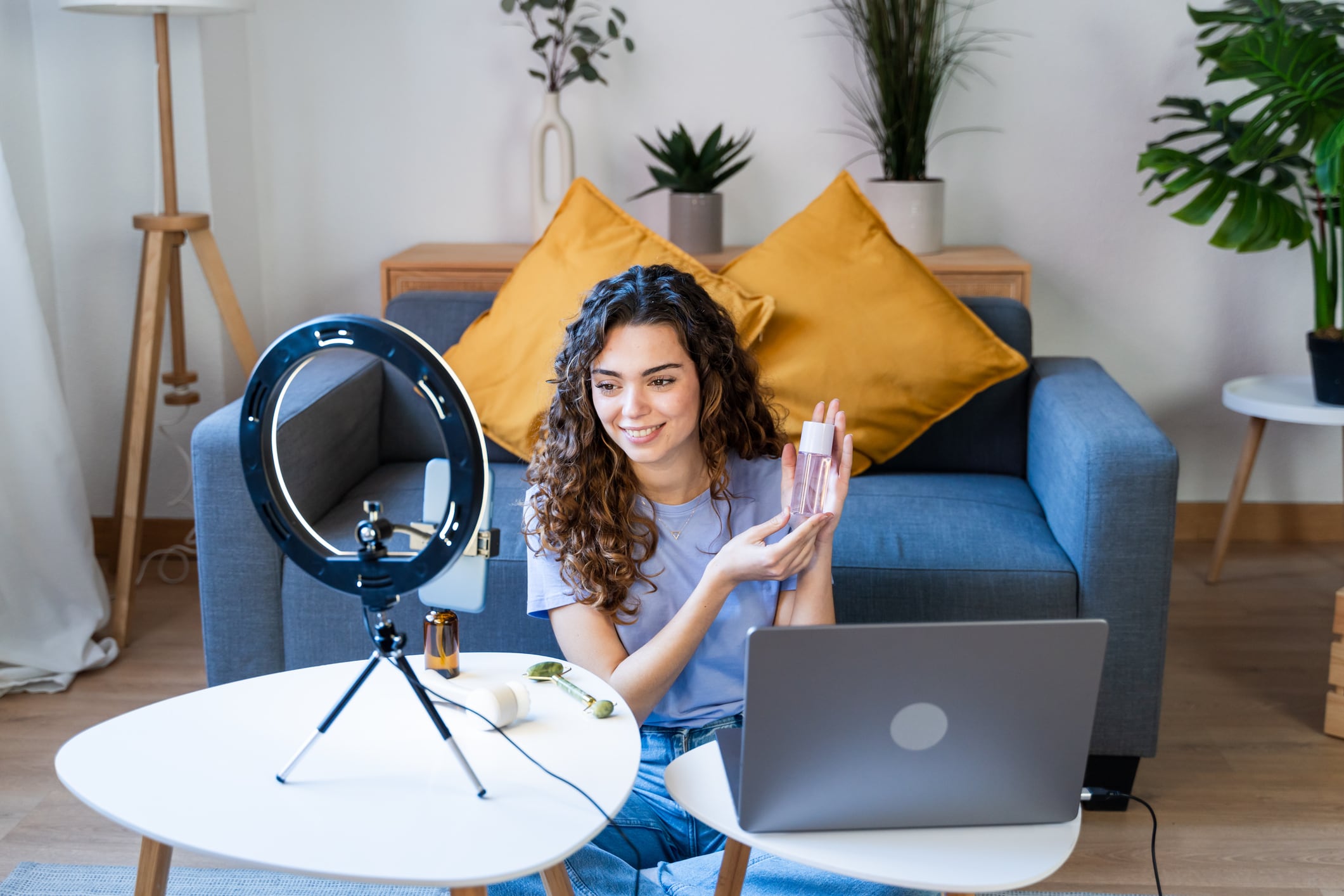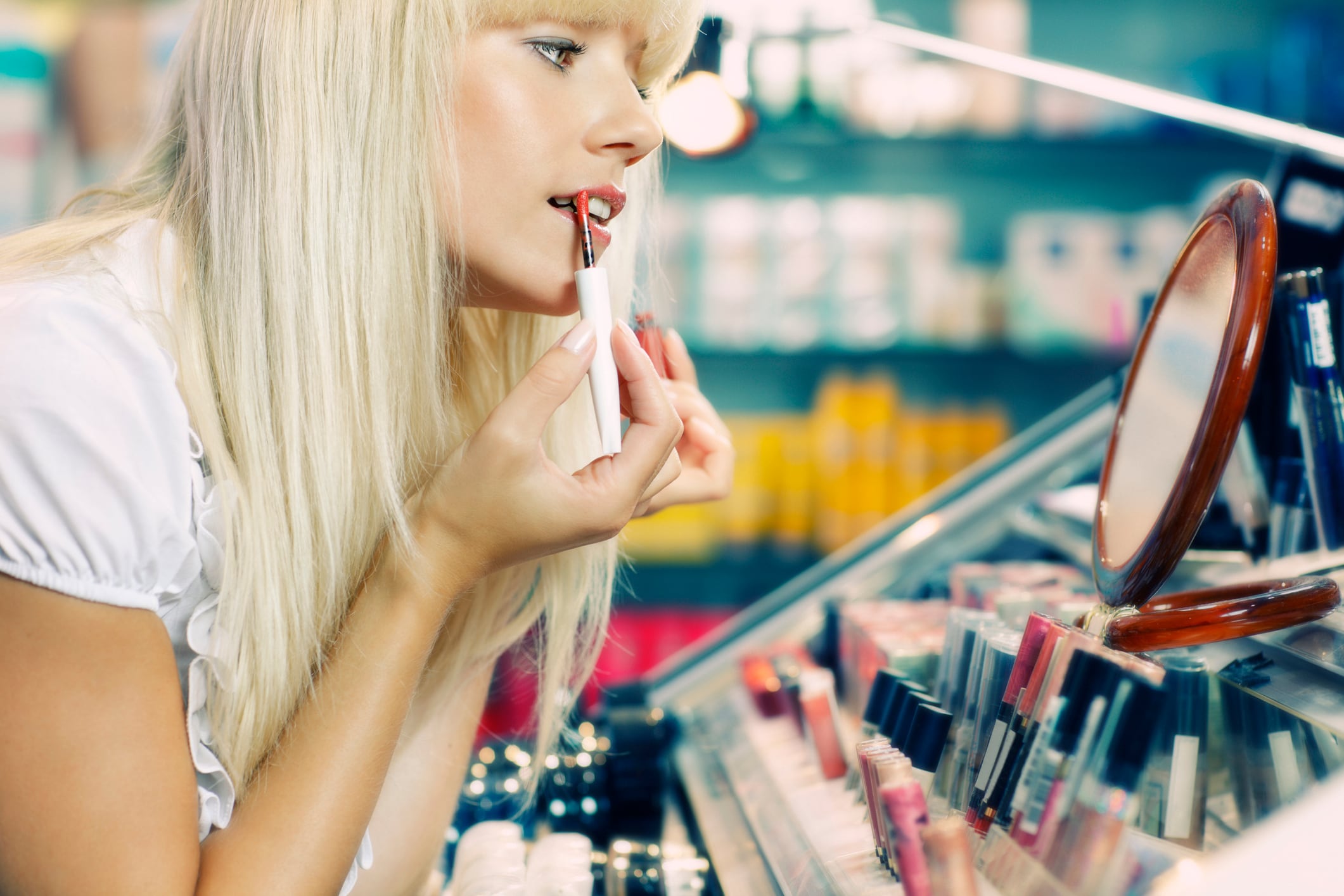Data analytics firm Euromonitor International has recently released research exploring how great of an influence social commerce plays in the consumption habits of global beauty shoppers, with “22% of beauty product sales shaped by global social media commerce (S-Commerce) and 3% of total e-commerce sales were conducted via social platforms in 2024.” The company’s Passport: Digital Shopper 2025 report attributed this growth to the rise of user-generated content, influencer marketing, and shoppable features embedded within social apps.
“Beauty and personal care products were the top sellers in 2024 on TikTok Shop, accounting for about 6% of US TTS sales,” the company reported via its E-Commerce system. Euromonitor’s data also shows that social media platforms are quickly replacing traditional search engines as the primary source of initial product discovery, especially among younger consumers.
In addition to social engagement, health and wellness trends continue to influence buying behavior. According to the company’s Voice of the Consumer: Beauty Survey 2024, “36% of global consumers are planning to increase spending on health and wellness.” The survey found that digital channels are playing an educational role, helping consumers make ingredient-conscious, lifestyle-oriented choices.
We spoke with Yang Hu, Insight Manager; Bob Hoyler, Global Insight Retail Manager; and Quan Yao Peh, Consultant at Euromonitor International, to gain their insights into the firm’s research and analysis of this growing trend in beauty and personal care.
Social platforms take center stage in product discovery
Unsurprisingly, high engagement is one of the primary drivers on social media platforms, “especially among key consumer groups such as young female shoppers, who spend a significant amount of time scrolling through content on platforms like TikTok, Instagram, and YouTube,” Hu told CosmeticsDesign US.
She noted that engagement on these platforms serves as an immersive experience for users, with “influencer content, live streams, and short-form videos turn[ing] product discovery into an engaging journey, making consumers more likely to explore and purchase.”
As a result, social content is replacing traditional search behaviors, especially among Gen Z. “Within the beauty market, social media platforms have already surpassed search engines when it comes to initial product discovery,” she added.
The shift from product-centric to experience-led marketing
As competition intensifies, brands are moving beyond traditional advertising to adopt more experience-led approaches, “where immersive, shareable content, omnichannel experiences, and lifestyle-led marketing are central to building consumer loyalty and long-term brand presence,” Hu said.
Offline activations also play a role in boosting digital visibility. “For brands that are traditionally less digitally savvy, a great starting point is hosting pop-up offline events that offer unique, immersive experiences,” she said. “These events can organically encourage consumers to capture and share their moments on social media.”
Platform power is rising, and so are expectations
Hoyler emphasized the growing influence of social platforms over brands.
“As social media becomes more central to consumers’ lives, the balance of power between social media platforms and brands is shifting in favour of the social media platforms,” he said. “Brands must not only advertise on these platforms but must increasingly abide by their seller requirements.”
As a result, brands must also be more selective and results-driven in their social media investments, he continued. “Brands must also become more assiduous in monitoring the efficiency of their social spending, cutting spend to platforms that are losing eyeballs.”
Therefore, building trust is a key differentiator in such a crowded content environment. “To achieve this, brands need to emphasise authenticity, transparency and consistency,” he explained, adding that “identifying micro-influencers who align with the brand’s values allows for genuine advocacy, which resonates more with engaged and loyal audiences.”
Livestreaming and shoppable video expand beyond Asia
While these trends are gaining momentum on an international scale, according to Peh, the Asia Pacific region remains at the forefront of retail innovation and “leads in Social and Livestreaming E-Commerce,” Peh said, where “these channels continue to transform how consumers discover, engage and transact with brands and retailers.”
He pointed to the success of TikTok Shop in the region, which “has seen phenomenal success across Southeast Asian markets, and has announced expansion plans into the Japanese market in mid-2025.”
Hoyler echoed the opportunity for global markets to follow suit. “With shoppable video rapidly moving into the global mainstream, and livestreaming on the verge of doing so outside Asia, it is incumbent upon brands to adapt with the times.”
Strategic implications for beauty and personal care brands
It is clear that the experts agree: with marketplace e-commerce, social commerce, and livestreaming all gaining traction, beauty industry stakeholders would be wise to align their strategies with platform-specific dynamics.
“Leading brands are investing in storytelling formats, digital-first launches, and social commerce experiences that reflect cultural nuance,” Hu concluded. “Benchmarking best-in-class e-commerce and content strategies is essential for future content strategy.”
Moving forward, Hoyler suggested prioritizing platforms that combine reach with commerce features. “The smart play for brands is to increase their visibility on social media platforms that offer both marketplace and livestreaming features,” he concluded. “TikTok and Douyin are the obvious choices, but, with its pivot to shoppable videos, YouTube provides an interesting alternative.”





